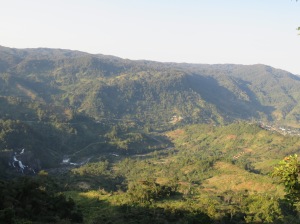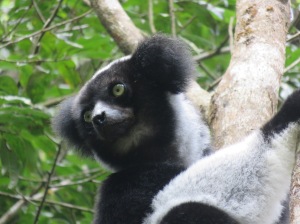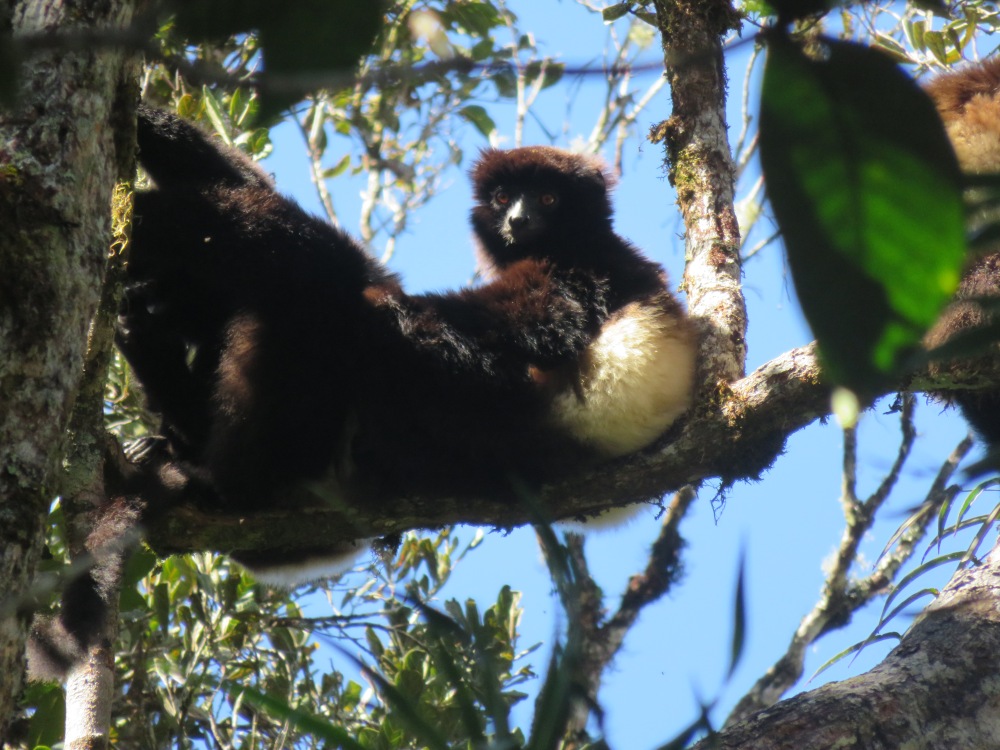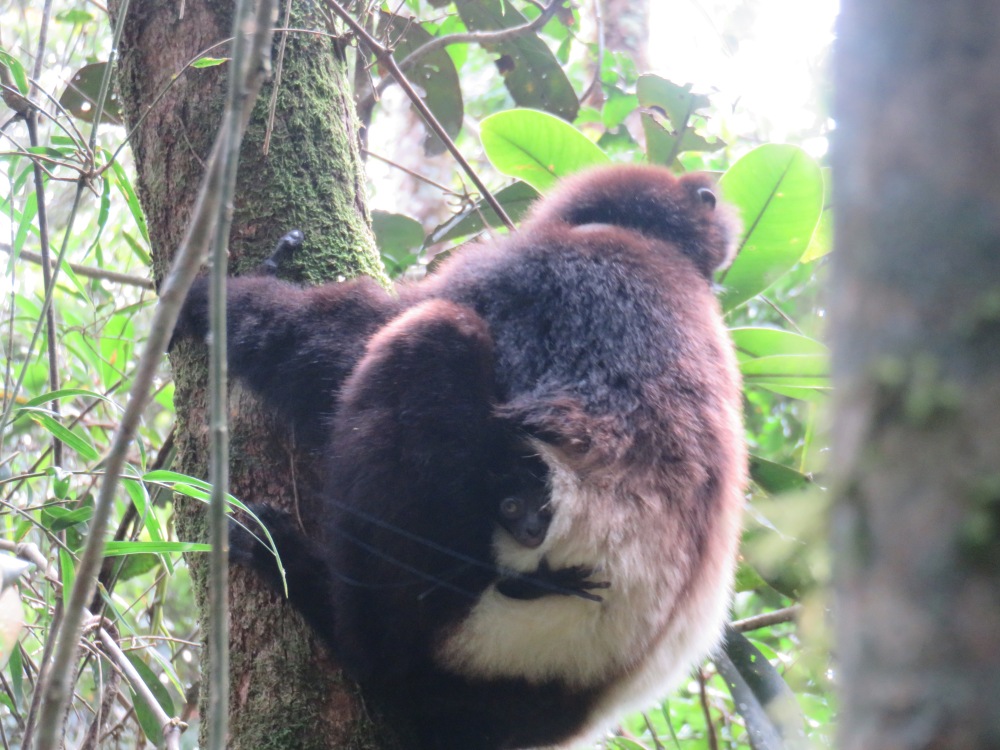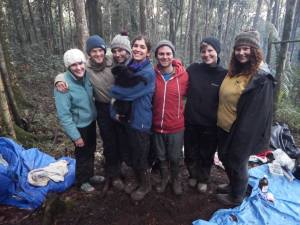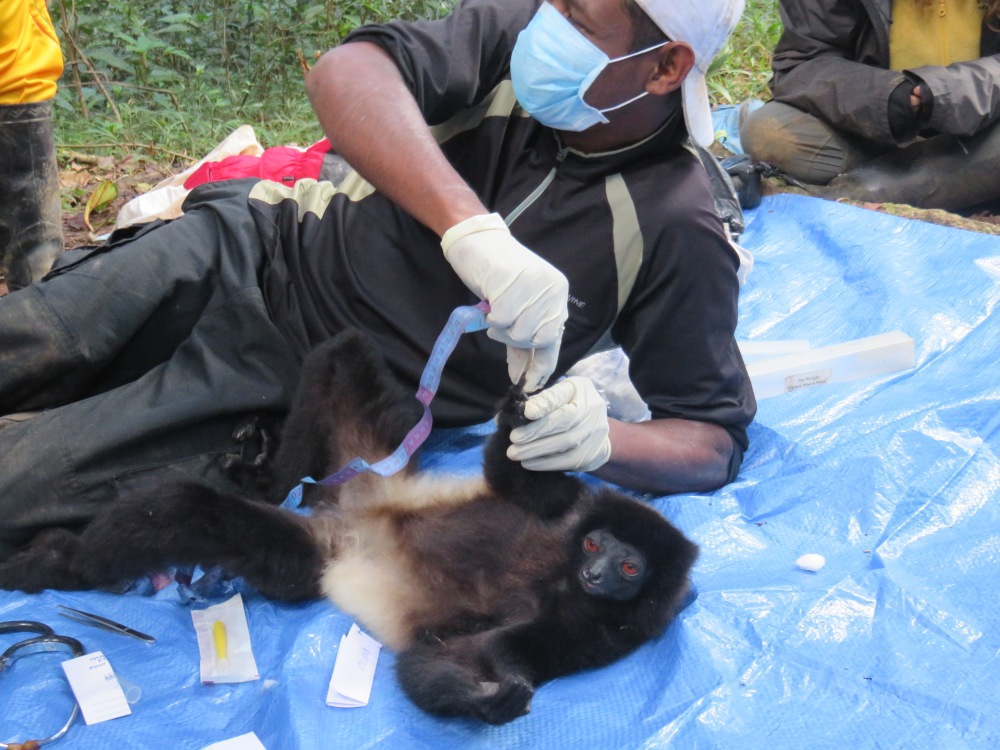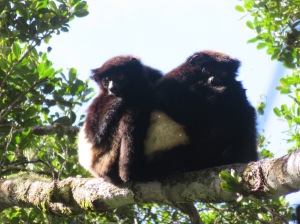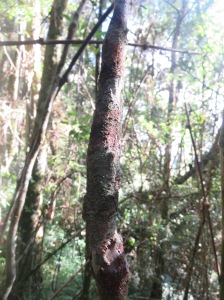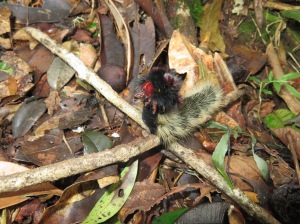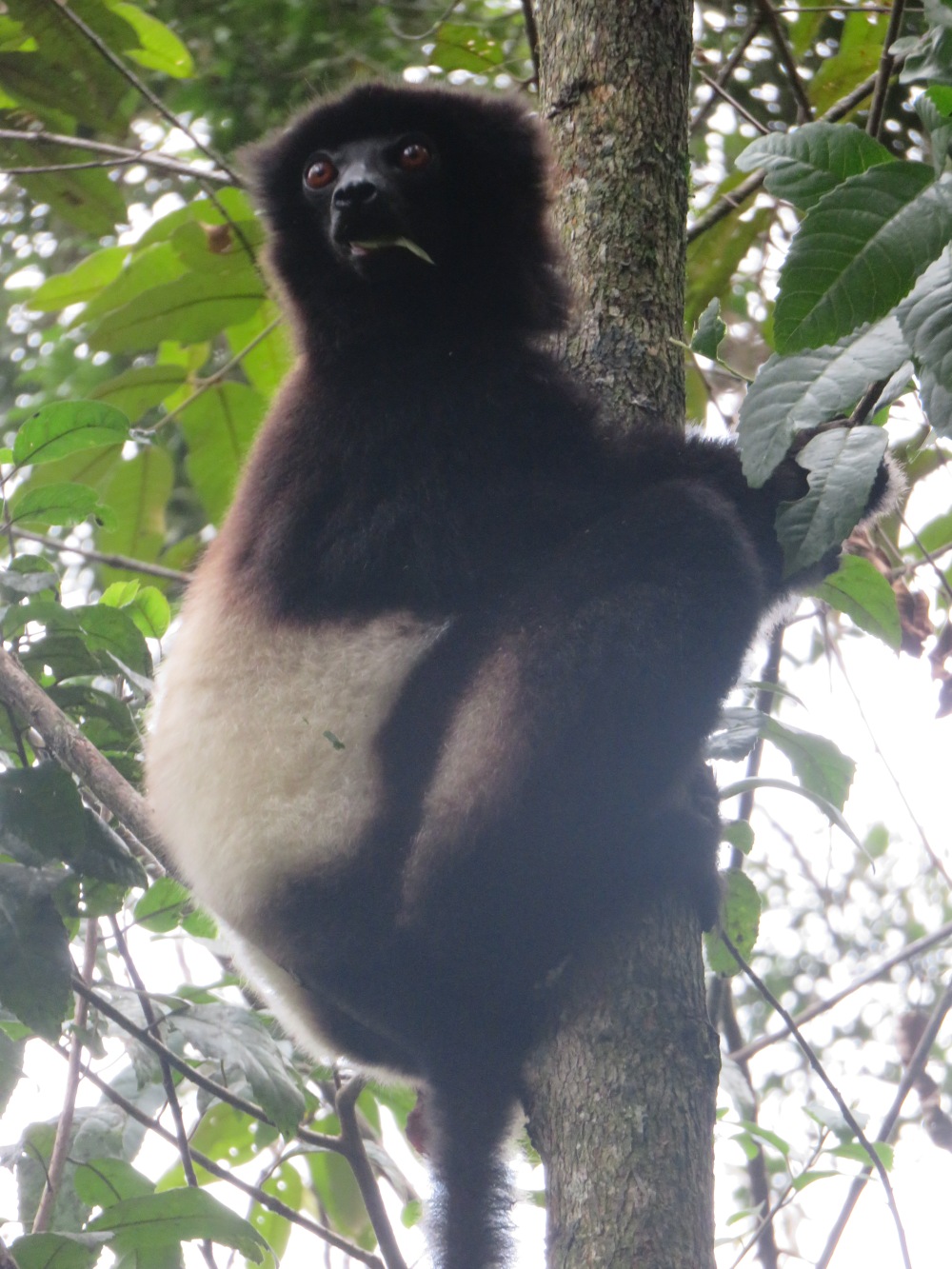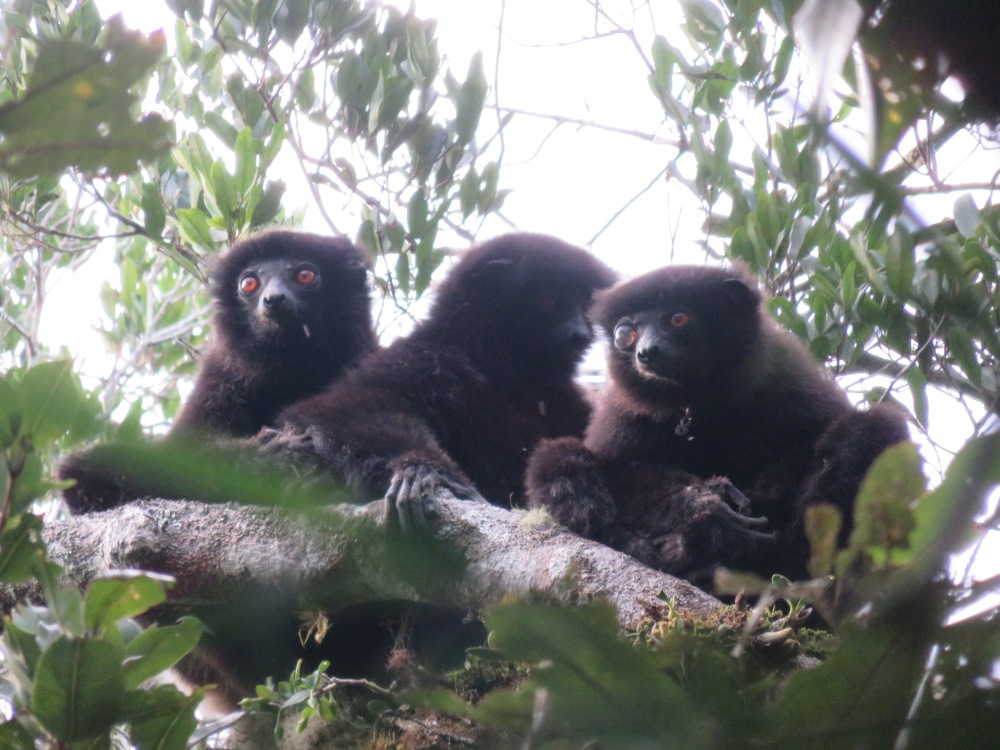As part of the wagoner fellowship, I was asked to summarize and reflect on several recent articles concerning Madagascar and my research.
The most noteworthy news item related to Madagascar is about the recent changeover of Malagasy government in April. The Prime Minister, Jean Ravelonarivo, and his government resigned last month, giving no apparent explanation. Because of the slow pace of change on Madagascar and the stagnant economy, opposition has been growing and the opposing party even tried to have him step down last July. The government is still recovering from the 2009 coup that scared away foreign investment and aid, without which the economy has failed to grow.
This change in power reflects on the difficulty of repairing a broken government, when even committed officials cannot bring about the changes necessary. While the President, Hery Rajaonarimampianina, has been in office since 2014, the Prime Minister and his cabinet have only taken office in 2015. It seems apparent that the government has trouble keeping its officials in office for long periods of time. A government that has trouble maintaining long-term stability would certainly have trouble implementing long-term conservation strategies. How is the government supposed to save the forests and wildlife when it can’t even save itself?
Another article I saw spoke to the consequences of government inaction. A recent study predicts that the invasive Asian toad (Duttaphrynus melanostictus) will spread throughout Madagascar, threatening biodiversity, health and the economy as well. This toad arrived on the island from South-east Asia via freight containers sometime between 2007 and 2010. There are currently 4 million toads, but this number is expanding, and their territory is growing 2km/year. If no action is taken to contain them to their 110km2 territory, they will spread throughout the island. Similar to the invasive cane toads in Australia, they are poisonous to native birds and mammals, with the potential of causing predators, prey, and competitors of the toads to become extinct.
An eradication program has been identified, but it will cost between $2-10 million to implement. Especially with respect to the recent changes in government, it will be difficult for Madagascar to take necessary actions to eradicate the toads. However, it is essential for this program to be implanted before it’s too late and biodiversity loss and its subsequent economic impacts are further exacerbated. If invasive toads continue to spread, the ecological impacts will likely be similar to those in Australia, where there has been a decline of small marsupials possibly due to poisoning from cane toads. If these toads continue to spread, the ecosystems that Madagascar is known for will be endangered. Regardless of the state of the government, it is important for eradication efforts to begin before it is too late, either from helping hands overseas or from within the island.
As for the scientific world, the “breaking news” findings on Sifakas, the lemurs I will be studying this summer, relate to their behavior and distribution. The first article I read, published in 2016, focused on behavior of Sifaka of two captive groups. (Wallace et al. 2016). They found that there was no grooming observed in golden-crowned sifaka and they spent significantly more time resting than the Coquerel’s sifaka. Females were found to have a dominant social position in both groups. The golden-crowned sifaka (Propithecus tattersalli) spent significantly less time feeding than the Coquerel’s sifaka. Temperature, time of day, species, and intrapair comparisons for the golden-crowned sifaka were found to affect activity and social interactions, while gender did not. Like the Coquerel’s sifaka, the golden-crowned sifaka was found to be diurnal; however, they differed in that the golden-crowned sifaka did not descend to the ground.
This article sheds some light on how behavior of different sifakas varies between species. When looking at the behavior of the study population in my study, I will take this into account when examining behavior in the light of past studies. Variation in feeding, resting, and grooming time may not necessarily be indicators of stress in the troops of sifaka I am observing. Because of this, I will need to compare to other behavioral studies of the same species of sifaka.I will also be sure to take note of time of day and temperate when observing sifaka behavior, since these factors have the potential to affect activity rates and social behavior.
Wallace, G. L., Paquette, L. B., & Glander, K. E. (2016). A comparison of activity patterns for captive Propithecus tattersalli and Propithecus coquereli.Zoo biology.
The most recent article I read on sifakas, published in May, looks at intergroup encounters. When evaluating the trade-offs of fights between groups of sifakas, it was found that status was a key factor influencing participation, where high status males participated in fights more often (Wallace et al. 2016). Defending female mates is likely to increase reproductive success, encouraging male participation in fights. Additionally, females with infants were less likely to participate to protect their offspring. The larger the group size, the less likely it was for all members to participate in fights.
This study shows the importance of status in groups of sifakas. High status in the group allows access to mates, so it increases reproductive success and offers initiative to participate in fights. Taking the status of each group member into account when making behavioral observations will be important. Female dominance is likely to be observed, since feeding priority due to high status aids in acquiring the nutrients necessary for reproduction. It is possible that stress, as predicted by my hypothesis, may change the sifaka’s behavior, changing the social hierarchy dynamic. I will keep this behavioral dynamic in mind when observing sifaka behavior this summer.
Koch, F., Signer, J., Kappeler, P. M., & Fichtel, C. (2016). Intergroup encounters in Verreaux’s sifakas (Propithecus verreauxi): who fights and why?. Behavioral Ecology and Sociobiology, 70(5), 797-808.
|
Click here to Reply or Forward |
